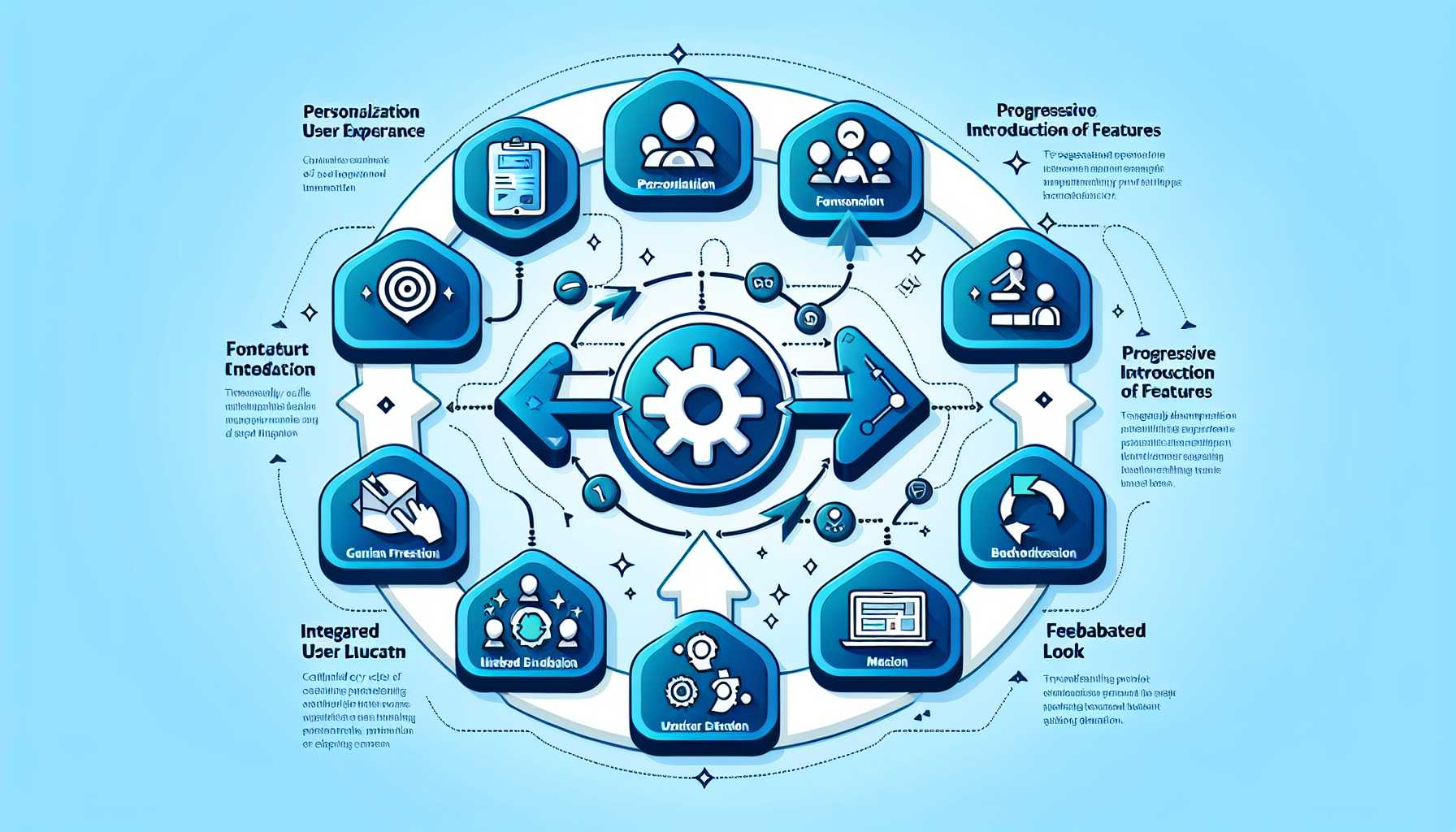Effective User Onboarding: A Journey to Habitual Use
As a seasoned product manager, I understand the pivotal role of a user’s first interaction with a software product. Effective user onboarding is not just an introduction; it’s a captivating beginning to a long-lasting relationship.
Understanding User Onboarding
User onboarding is the process by which new users become acquainted with a product. It’s a journey from the “aha” moment to habitual use. For example, one of our products had a powerful but complex feature set. Initial user drop-off rates were high until we reimagined the onboarding experience to showcase key features while minimizing cognitive overload.
Creating an Engaging Onboarding Experience
The key to an engaging onboarding experience lies in personalization and pacing. Progressive onboarding, where features are unveiled gradually, has worked wonders in retaining users’ attention. We once used a contextual onboarding approach that adapted to user behavior, leading to a 30% increase in feature adoption.
Metrics to Measure Onboarding Effectiveness
Quantitative data should inform onboarding strategies. Measure engagement through metrics like onboarding completion rates, time to first key action, and feature usage. During one of our product launches, we closely monitored these metrics and iteratively improved our onboarding flows, resulting in a significant uptick in long-term user retention.
Iterating the Onboarding Process
Iterative design is vital. Collect feedback—both qualitative and quantitative—to refine the onboarding experience. User surveys, A/B testing, and usability studies have been invaluable tools. In a past project, we iterated on our onboarding process weekly, leading to a more intuitive and enjoyable user experience.
Integrating User Education
Ensure that users not only know how to use your product, but also why they should use it. Integrating education into the onboarding experience—through tooltips, walkthroughs, and tutorials—greatly increases users’ understanding and retention. At one point, we introduced interactive tutorials that aligned with user goals, resulting in a 25% decrease in support queries related to basic functions.
Post-Onboarding Engagement
Onboarding doesn’t end with feature adoption. Implement ongoing engagement strategies like in-app messaging, emails, and challenges to keep users engaged. We leveraged these techniques in past products to transform new users into power users, with a clear positive impact on retention rates.
Building a Community
A community can serve as an extended onboarding platform. Through forums, social media groups, and user events, users learn from each other, deepening their engagement with the product. This approach has helped us create evangelists who further drive onboarding and retention organically.
Conclusion
Effective onboarding forms the foundation of user retention. It’s not simply about teaching users how to use a product, but about inspiring them to explore, discover, and integrate the product into their daily workflows.
For product leaders, user onboarding is an ever-evolving process. Stay attuned to user feedback, keep an eye on engagement metrics, and always seek to enhance that first encounter with your product. The onboarding journey is as critical to the user experience as the core functionalities of the product itself.
Transform the onboarding from a chore to a cherished experience, and watch as your users become the most compelling advocates for your product.

